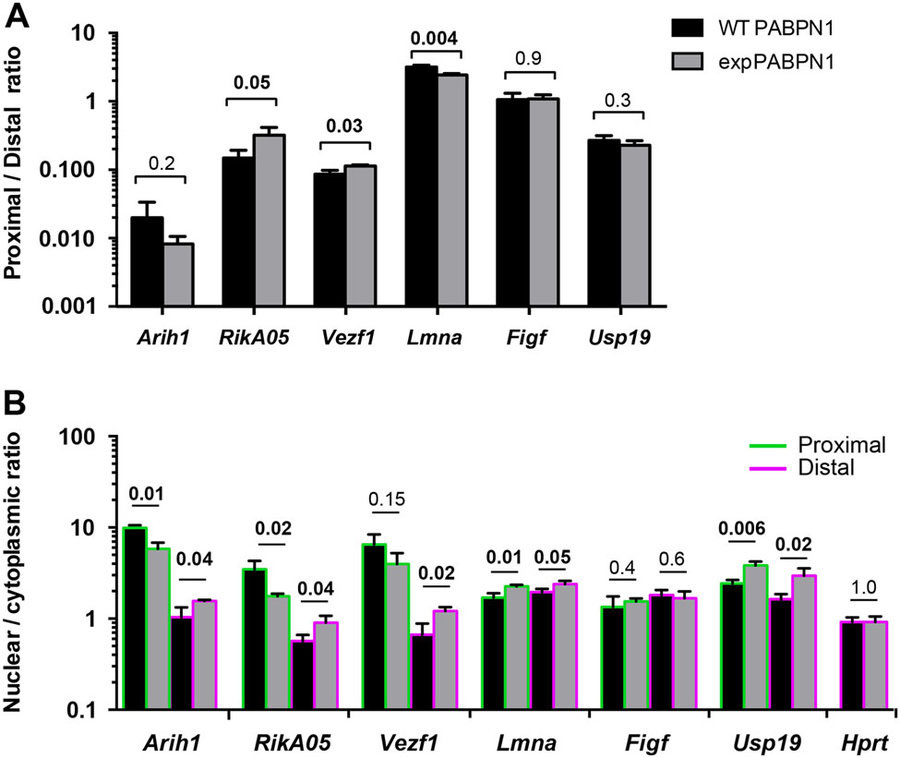アラニン伸長型のPABPN1がイントロンのポリアデニル化部位の利用増加を引き起こす
An alanine expanded PABPN1 causes increased utilization of intronic polyadenylation sites
2017年4月7日 npj Aging 3, Article number:6 (2017) doi:10.1038/s41514-017-0007-x
筋変性:筋機能のモジュレーターとしてのRNA構造

遺伝子発現の転写調節および転写後調節は、タンパク質景観の形成で不可欠な役割を担っている。骨格筋では、健常状態でも疾患状態でも、RNA景観が筋機能で重要な役割を果たしている。PABPN1は、遅発性筋ジストロフィーおよび加齢でmRNAプロセシングの主要な調節因子となっている。今回、PABPN1機能が低下するとmRNA構造に全ゲノム的な変化が生じることが示された。PABPN1機能の低下は、mRNAレベルおよびRNA構造をともに変化させ、タンパク質の配列に変化をきたす。影響を受ける遺伝子のなかに筋機能の調節因子が含まれることは重要である。総合すると、今回の研究は、疾患および加齢でのRNA構造の変化に関する理解の深化を要求している。
Muscle degeneration: RNA structures as modulator of muscle function
Transcriptional and post-transcriptional regulation of gene expression has a fundamental role in shaping the protein landscape. In skeletal muscles, the RNA landscape plays an important role in muscle function in both health and disease conditions. PABPN1 is a key regulator of mRNA processing in a late-onset muscular dystrophy and in aging. Here, the authors demonstrate that a decrease in PABPN1 function results in genome-wide alterations in mRNA structures. Reduced PABPN1 function alters both mRNA levels and RNA structures leading to altered protein sequences. Importantly, among the affected genes are muscle function regulators. Together, this study calls for a better understanding of alterations in RNA structures in disease and aging.

